There’s an American story at the heart of China’s national anthem
Marcia Vivace. These were the words scrawled over the time signature of “March of the Volunteers” when 23-year-old Chinese composer Nie Er wrote the music out by hand in 1935, the year of his tragic drowning in Japan’s Sagami Bay. A march, lively.
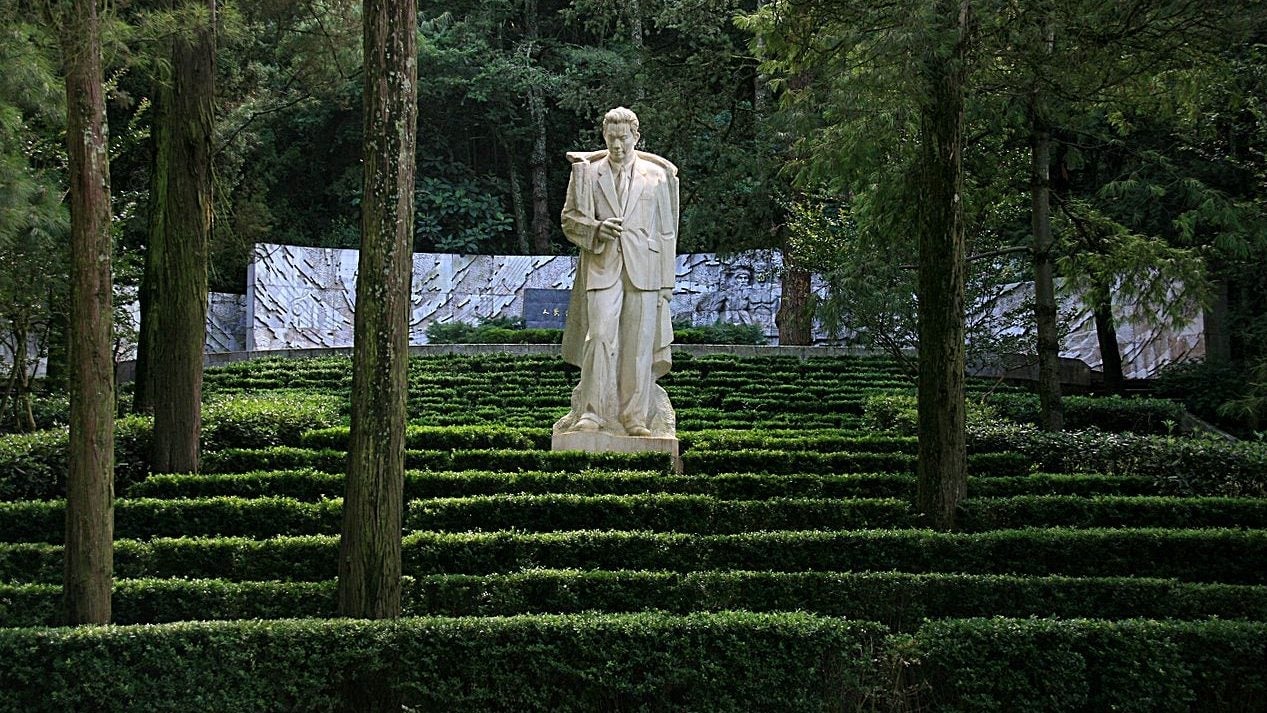

Marcia Vivace. These were the words scrawled over the time signature of “March of the Volunteers” when 23-year-old Chinese composer Nie Er wrote the music out by hand in 1935, the year of his tragic drowning in Japan’s Sagami Bay. A march, lively.
Nearly 50 years later, it officially became China’s national anthem.
Now, rules being drafted by a standing committee of China’s legislature, the National People’s Congress, would ban the use of “March of the Volunteers” at private events, such as funerals, or as background music in public places. The regulation would also allow up to 15 days detention for those deemed to have desecrated the song through spoofs or other non-serious treatments. The goal, according to state media, is “the respect and protection of a national symbol.”
One legislator has even suggested, courting some controversy online, that the Chinese should not be permitted to place their hands on their hearts when singing “March of the Volunteers.” Why? Because the gesture is too “American.”
But much of the enduring charm, relevance and humanity of “March of the Volunteers” lies in its complex history, which cuts across boundaries of language, culture and geography — and which involves some of the most compelling American voices of the 20th century.

A Lively March
“March of the Volunteers” began its life as the musical score for Children of Troubled Times, a film with strongly leftist themes produced by Shanghai’s Diantong Film Company. The film advocated self-sacrifice and embroidered on the theme, as politics professor Jonathan Unger observes, of “the evils of the treaty-port people who were ruined by Western spiritual pollution.”
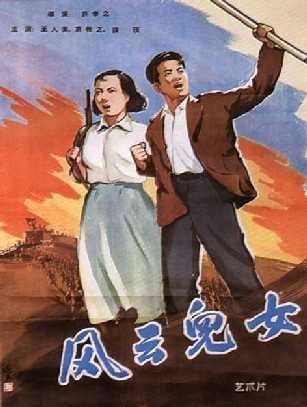
It told the story of a young poet who awakens from the stupor of a sentimental life in the former German colonial outpost of Qingdao and decides on a life of sacrifice and purpose. He joins the volunteer army to fight the invading Japanese in China’s northeast. As the poet marches into battle alongside New Phoenix, a village girl who has forsaken her dance troupe to become a patriotic fighter, the pair sing Nie Er’s march song, the lyrics supplied by poet and screenwriter Tian Han:
Arise, ye who refuse to be slaves!With our flesh and blood, let us build a new Great Wall!
As China faces its greatest peril
From each one the urgent call to action comes forth.
Arise! Arise! Arise!
Millions of but one heart
Braving the enemies’ fire! March on!
Braving the enemies’ fire! March on!
March on! March, march on!
Tian Han had joined the Communist Party in 1932, and brought Nie Er into the fold the following year. Both were active figures in Shanghai’s thriving left-wing drama and film scene. Shortly after completing his work on Children of Troubled Times, Tian was detained by Kuomintang authorities and kept under house arrest in the capital of Nanjing. By the end of 1935, the left-wing film movement had essentially come to end as a result of political and commercial pressures. But “March of the Volunteers” continued its journey.
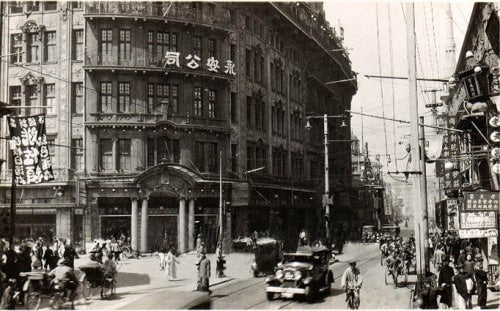
In 1935, the Chinese subsidiary of France’s Pathé Records produced a gramophone record of the song that shoppers could find on the shelves at Shanghai’s Wing On Department Store on Nanjing Road. Within months, by the middle of 1936, the song was going viral, as we would say today.
This was thanks in no small measure to the efforts of Liu Liangmo, a Chinese intellectual and activist employed by the YMCA in Shanghai. Beginning in the summer of 1936, Liu organized a number of public events as part of a Patriotic Song Movement. Under Liu’s direction, gathered crowds sang a suite of songs that would become revolutionary staples, including “The Pioneers” and “March of the Volunteers.”
The next contextual shift for the song came in 1939 with the feature-length documentary The 400 Million, which chronicled China’s suffering during the Second Sino-Japanese War.
Journey to America
Filmed on the scene in China in 1938 by Dutch filmmaker Joris Ivens, the documentary included, about 20 minutes in, a scene in which “March of the Volunteers” accompanied the ceremonial raising of the Kuomintang flag of the Republicans with whom the Communists were bitterly fighting—no doubt an uncomfortable juxtaposition for Communist Party officials today.
Before leaving China and traveling back to the United States via Hong Kong, Ivens in fact gifted a representative of the Chinese Communist Party with his 33mm hand camera — which became the first motion picture camera operated by the CCP’s Yan’an Film Group, formed that same year. The camera is now on display in China’s Museum of Revolutionary History.
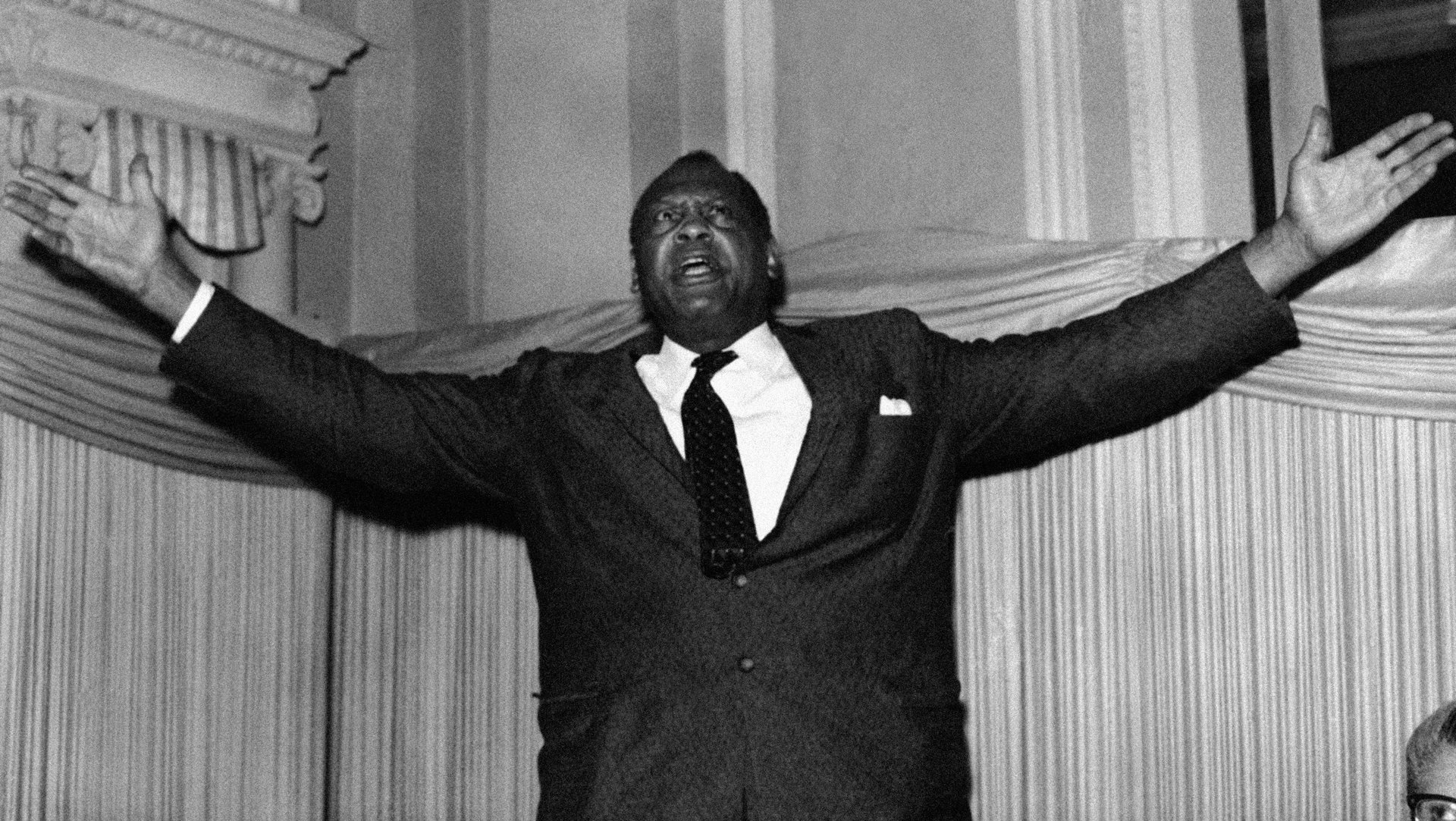
In 1940, the year after the release of The 400 Million, Liu Liangmo too left China for the United States, carrying Chinese songs of resistance along. Liu had been invited to New York by the YMCA for further study (link in Chinese), but was soon visiting cities and small towns across the country, raising awareness about China’s war of resistance against the invading Japanese army. Ten years later, writing in New York’s left-leaning China Daily News, a Chinese-language newspaper, Liu would recall his mission at the time, and how it brought him face-to-face with one of the great American voices of the day, Paul Leroy Robeson, a former professional athlete and graduate of Columbia Law School who by the 1930s had become an international singing sensation, a cinema star, and a leading voice for civil rights:
The individual most representative of the black people’s struggle and their fighting spirit is none other than their own famous singer, Mr. Paul Robeson, whom I first met over nine years ago (1940). I had just come to his country, bringing with me many Chinese songs of resistance, which I hoped to introduce all over the U.S. However, being a new arrival with hardly any contacts or connections, I could do little on my own and was at a loss as to how to achieve my goal. It was then that I thought of Robeson, whose fame had reached me even when I was in China, and whose sonorous voice I had already heard on the silver screen and on gramophone records. I thought if only I could get Robeson to sing the songs of resistance, there could be nothing better.
When Liu Liangmo mentioned his interest in Robeson to a friend in New York who happened to know the singer — could this have been Lin Yutang, who had lived in New York since the publication of My Country and My People in 1935?—it took only a quick phone call to arrange a meeting. “You just came from China?” the imposing 6-foot-3 Robeson exclaimed when he arrived, “Wonderful! Wonderful!” When Liu told him about China’s Patriotic Song Movement, Robeson asked him to sing a few resistance songs. Among these was “March of the Volunteers,” which Liu said Robeson asked him to repeat.
Several weeks later, Robeson held a recital at West Harlem’s Lewisohn Stadium, the “sprawling athletic field and Doric-columned amphitheater where thousands of New Yorkers paid as little as 25 cents apiece to listen to symphonies on summer evenings.” The mutual friend invited Liu to go along, and the activist was mesmerized by Robeson, the man he called “a great singer of the people.”
But the most pleasant surprise came after the concert, when Robeson invited requests from the audience:
At the end of one of those songs, Robeson suddenly held his hand up for silence. “Tonight, I want to sing a song for the heroic Chinese people in battle,” he announced. “The title of the song is ‘Chee Lai!’” And in perfect Mandarin Chinese, he sang our “March of the Volunteers.”
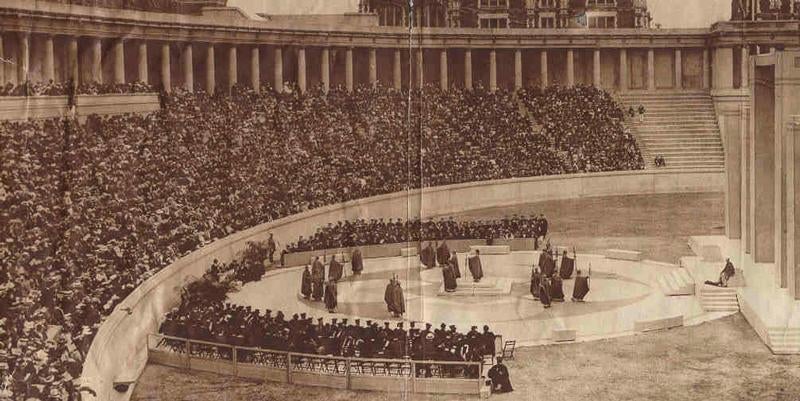
In 1941, Robeson recorded the song he called “Chee Lai” (audio) with a youth chorus Liu Liangmo had managed to organize among the Chinese laundry workers in New York. Proceeds from the sale of the gramophone record went to support the war effort back in China.
Robeson’s rendition of “March of the Volunteers” gave the song musical star power, and Robeson became, in the words of scholar Liang Luo, “an astonishingly powerful spokesman for the Chinese resistance against Japanese aggression.”
Robeson had in fact voiced his support for China’s anti-Japanese war effort two years earlier, in 1938, joining a Save China Assembly in London with Song Qingling, the third wife of Sun Yat-sen. Sales of “Chee Lai” were probably also boosted by introductions from both Song — known to most at the time as “Madame Sun Yat-sen” — and Lin Yutang, the well-known author and translator.
In 1944, “March of the Volunteers” was repurposed for American war propaganda in The Battle of China, the sixth film in the Why We Fight series produced by the War Department Signal Corps Army Service Forces for the Morale Services Division under the supervision of Oscar-winning director Frank Capra — known during the Second World War as Lieutenant Colonel Frank Capra. The opening credits of The Battle of China were accompanied by a bellowing rendition of “March of the Volunteers” by the Army Air Force Orchestra.
During China’s Civil War years after 1946, collective singing remained an important means of rallying the population. Songs like “March of the Volunteers” and “Unity is Strength” were oft-heard staples and, as Jeffrey Wasserstrom notes in his book on 20th century student protests in China, “special words were sometimes fitted to these and other familiar tunes to suit specific post-World War II incidents.” (This, of course, being exactly the sort of adaptability China’s National Anthem Law will seek to stamp out).
The first mention of “March of the Volunteers” in the People’s Daily came on July 25, 1946, just one month after the paper was launched as the official propaganda organ of the Red Army’s Shanxi-Hebei-Shandong-Henan Command. The occasion was the 11th anniversary of the death of Nie Er, the song’s composer.
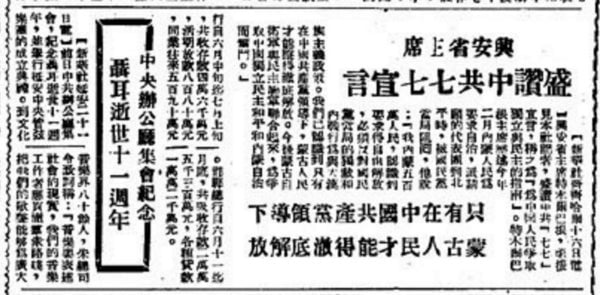
The brief news item reported that Chief Commander Zhu — a reference to Zhu De — had said: “Music must express social realities, and our music workers should practice the mass line, ensuring that our singing voices can be heard by the masses.” It noted too that the Liberation Daily, the newspaper published by the Chinese Communist Party at its principal base in Yan’an, had run an entire supplement on Nie Er, his life and works.
Finally, in September 1949, as decisive victories by Communist forces sent the Kuomintang into retreat, events culminated to elevate “March of the Volunteers” as a tune of national significance. Meeting in Beijing to work out the establishment of the new state, the Political Consultative Conference advisory body decided that “before the formal designation of a national anthem of the People’s Republic of China, the national anthem will be ‘March of the Volunteers.’”
Liu Liangmo, the YMCA activist, who had returned to China after receiving a telegram in New York from Zhou Enlai (link in Chinese) asking him to take part in the conference, was almost certainly behind the choice. And Paul Robeson too was still a part of the story. On September 4, 1949, the People’s Daily ran a profile of Robeson, calling him “not just a singer warmly welcomed by American progressives, but one whose performances were also enthusiastically received in the Soviet Union, France, Czechoslovakia, Sweden and other countries.”
“For me, songs are weapons that have social significance,” the newspaper quoted Robeson as saying. “I do not think that artists can position themselves outside politics. I stand with the people.”
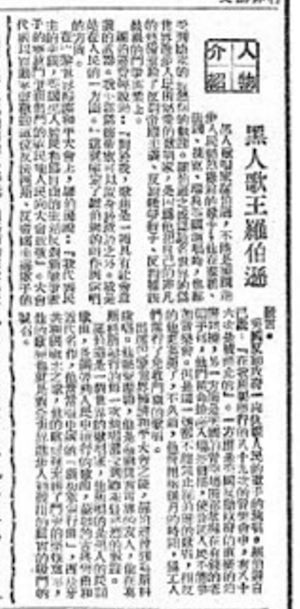
Though the country’s national anthem only provisionally, “March of the Volunteers” remained central to political life throughout the 1950s and into the 1960s. The People’s Daily reported on November 1, 1965, that Premier Zhou Enlai had appeared at a concert to mark the 30th anniversary of the death of Nie Er. The event culminated as Zhou Enlai joined actors and “the entire audience” in singing “March of the Volunteers.”
The greatest peril
But even as Zhou belted out the words — as China faces its greatest peril —a period of bitter political infighting was brewing that would have calamitous consequences for the entire country — and the arts were right at the heart of it.
Mao Zedong was furious about a historical play written by Wu Han, then vice-mayor of Beijing, telling the story of a Ming Dynasty bureaucrat who disobeyed his corrupt superiors and was jailed for criticizing the emperor as a result. Mao understood the play as a dangerous allegory, a direct challenge to his leadership and his 1959 dismissal of Peng Dehuai as defense minister.
By May 1966, Mao’s Cultural Revolution was underway. One of its first casualties was Tian Han, the poet and screenwriter who had penned the lyrics for “March of the Volunteers.” In February 1966, one of Tian’s historical dramas was criticized as a “poisonous weed” in the pages of the People’s Daily. He was subjected to brutal mass struggle sessions and finally imprisoned without trial. He died in prison on December 10, 1968.
As China descended into chaos, its popular national anthem was also shut away. From the winter of 1965 through to July 24, 1975, the title is missing entirely from the pages of the People’s Daily.

The end of the Cultural Revolution at last brought “rehabilitation,” both for China’s songs of resistance and for those who created them.
In April 1979, a funeral service was finally held in Beijing for Tian Han. Hua Guofeng and Deng Xiaoping were among the mourners, said the People’s Daily noting that they had offered bouquets of flowers.
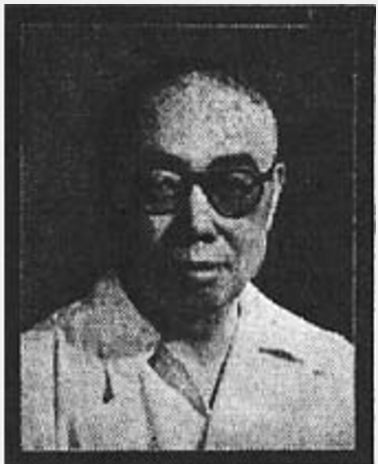
The official newspaper noted — because what other explanation could there be? — that “comrade Tian Han was cruelly persecuted at the hands of Lin Biao and the ‘Gang of Four,’” the faction blamed for the worst episodes of the Cultural Revolution.
In the turmoil of the Cultural Revolution, another death had gone unregarded, that of American bass singer Paul Robeson. Robeson had passed away on January 23, 1976 — though a 1981 tribute in the People’s Daily gave the date incorrectly as January 27. “In the period of the Chinese people’s war of resistance, he sang ‘March of the Volunteers’ in the Chinese tongue,” the paper said, “and supported the war of the Chinese people against the Japanese, becoming a true friend to the people of our nation.”
On December 5, 1982, the day after China adopted its new Constitution — with language in Article 35 about the protection of “freedom of speech, of the press, of assembly, of association, of procession and of demonstration” — the People’s Daily reported a resolution by the National People’s Congress to designate “March of the Volunteers” as the national anthem. In March 2004, an amendment by the NPC finally made the song’s status constitutional.
The music’s journey to the heart of modern Chinese political life proved a plodding and circuitous one — a tale of shifting context and meaning over fully half a century. It is a story China’s legislature should bear in mind as it deliberates placing new restrictions on how and when the song is performed.